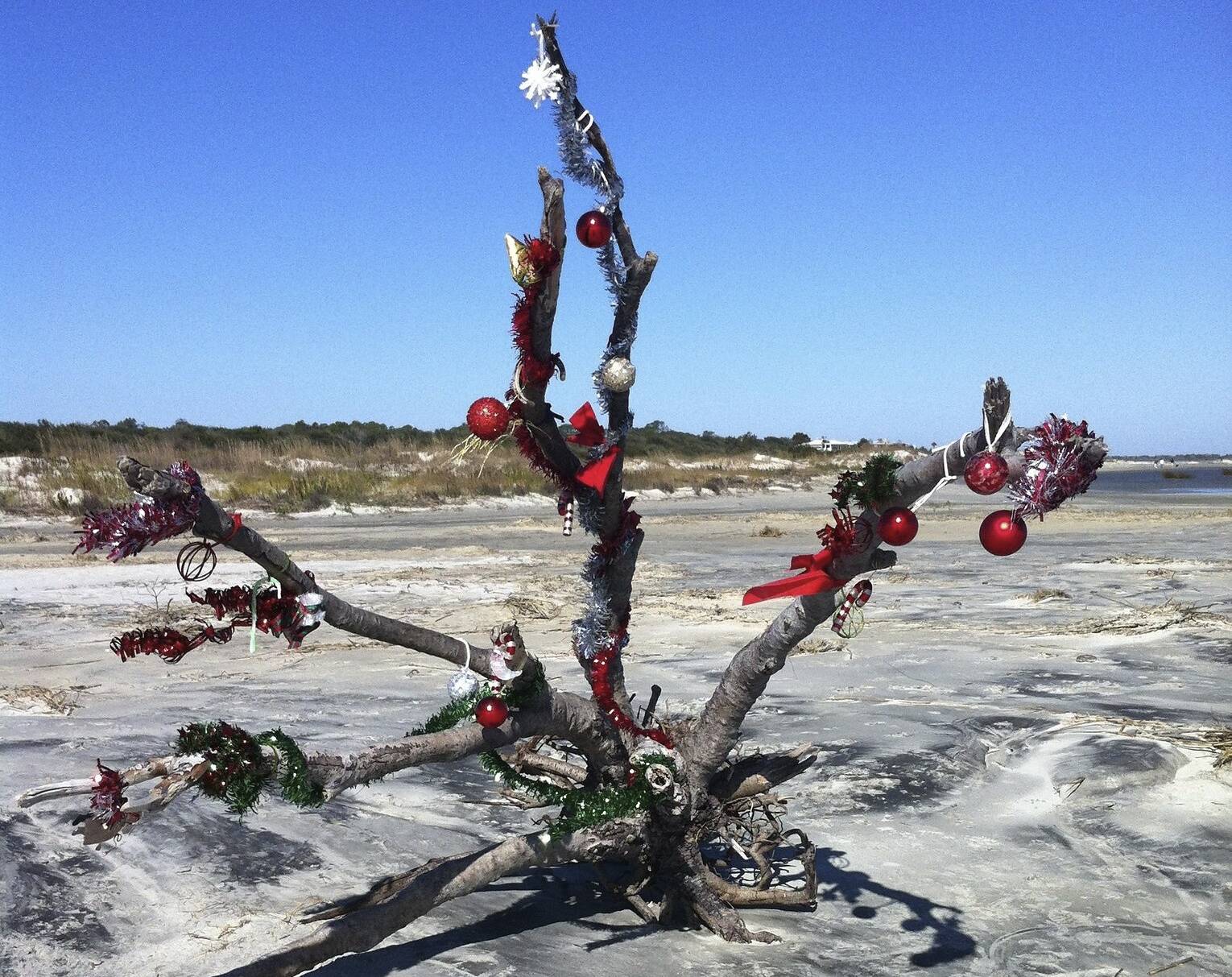
We're planning for this to be the first in a series by Suzy Blake, our new Surfrider MA Chapter Secretary, on ocean-friendly choices you can make and other ocean topics. What ocean issues do you want to read about? Please write to Suzy with any questions, comments, and ideas!
Oh Christmas tree, oh Christmas tree – thy leaves are so un…environmental? Enter the holiday season, and thus the yearly dilemma for those of us with environmental inclinations: real or fake? Ahem, we are talking about Christmas trees here.
I know what many of you are thinking: fake Christmas trees are the way to go! Then you don’t have to cut down and kill a beautiful, oxygen-producing, carbon-reducing tree purely for the enjoyment of a human family for just a few weeks! This is true. A fake Christmas tree brings the opportunity to reuse your tree every year, and save all of those faithfully growing evergreens from certain death. The use of fake Christmas trees also reduces demand on Christmas tree farms, some of which may cause agricultural runoff that could harm the ocean. And now that they are created with built-in lights and even imitation Christmas-tree-like smells, their ease of use may win over the wrestling match you are sure to have with a real tree (transport, setup, lights – you know the deal).
Even with their benefits, using fake Christmas trees comes with some unfortunate negatives. Fake Christmas trees are usually made from polyvinyl chloride (PVC), a non-renewable, petroleum-based plastic, and can therefore contain carcinogens like dioxin and ethylene dichloride. PVC is hazardous to create, extremely difficult to recycle, and decomposes slowly (so if you already own a fake Christmas tree, please continue to use it instead of sending it to a landfill). Older fake Christmas trees may also contain lead, which, although now outlawed, was added to fake trees to make the PVC more malleable. Furthermore, most fake Christmas trees are manufactured overseas, which means they make a long, carbon-emitting trip to reach your home in the U.S.
Real trees carry none of the above dangers, and even with the worry that we are cutting down a precious tree every year, Christmas trees are raised as a crop specifically for this purpose. If the source of your Christmas tree is a sustainable (and even better, local) farm, a real tree may be the better choice. And after you’ve said your last Mele Kalikimaka? Many localities now work to ensure the appropriate disposal of real Christmas trees after the holidays, such as turning them into mulch, milling them into lumber, placing them on beaches to shore up dunes, and even sinking them into lakes to create fish habitats. Because most Christmas tree disposal services operate at the local level, check with your local trash-pickup organization to find out how you can properly dispose of your real Christmas tree this year.
Real versus fake is not the only choice, however. You could make like Jack Johnson and his family and create a tree from driftwood found at the beach, and decorate it with homemade ornaments crafted from trash also collected at the beach (see link below). And if you celebrate Hannukkah? Use LED lights or soy-based candles in your menorah, and create other decorations from sustainable materials. One of my favorite holiday decorations from childhood was a giant Star of David created by my best friend’s father from reclaimed wood and blue LED lights.
Decorations aside, keep the environmental spirit alive this holiday season by giving gifts that have a sustainable origin and are locally produced and sold, or gifts that allow your friends and family to practice environmental awareness (reusable shopping bags, perhaps?). Even better, give the gift of service and volunteer for a day (or eight days) or donate to your favorite charity (one idea: purchase a membership to the Surfrider Foundation for yourself or someone else).
Above all, promote love and peace (the most sustainable gifts) this holiday season. May you have the happiest of winters filled with clean, cold, perfect waves.
Thanks to Bert Lensch for the photo of the Driftwood Christmas Tree used in the header image for this post, which is reproduced here under a Creative Commons Attribution-NonCommercial-ShareAlike 2.0 Generic (CC BY-NC-SA 2.0) License.
